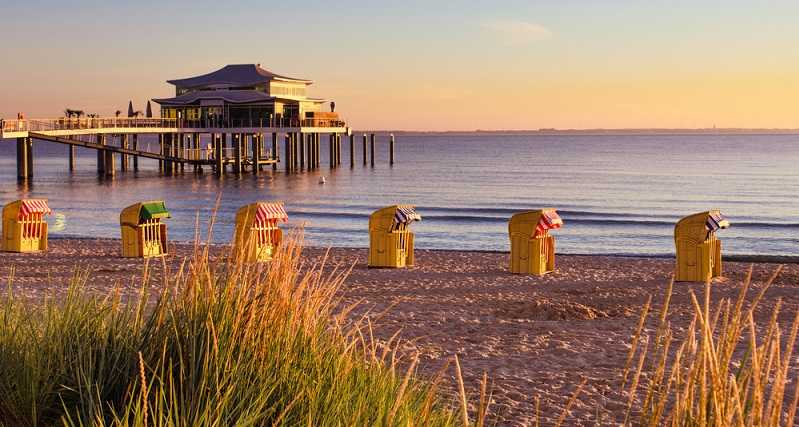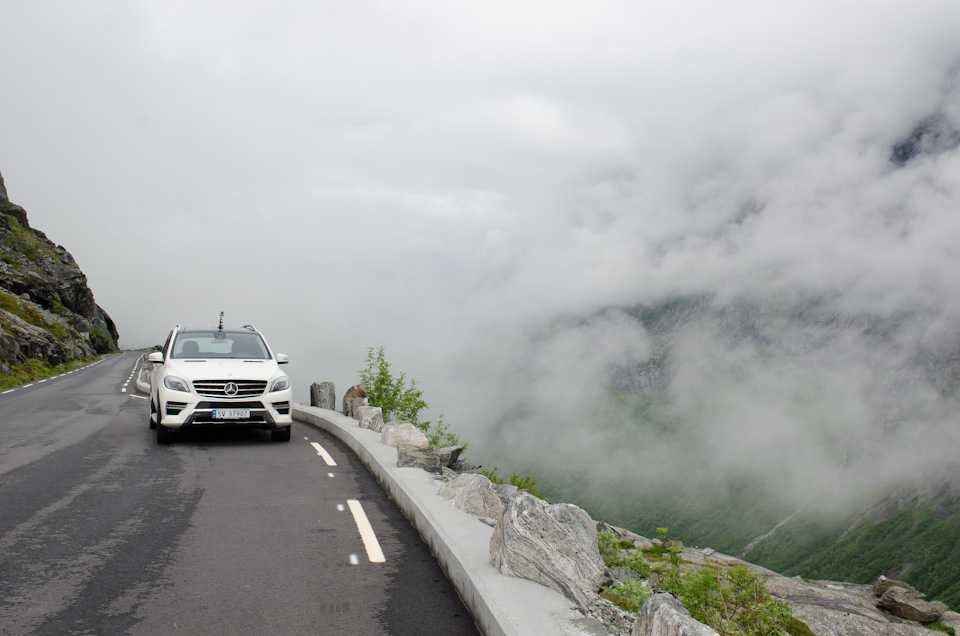Let’s go snowdropping: snowdrop hype in the UK

From January, the time of the Galantophiles starts again. Galanto-what? Yes, that’s right, for the lovers, collectors and breeders of the snowdrop, there is a special term.
And who invented it? The English, who else! From January to March in the UK – and especially in England – there is a real hype about the small, white winter flower. Similar to the bluebells in spring, whole carpets of snowdrops dive English gardens and parks into a sea of flowers, only that it is not blue but primarily white. What’s up with the snowdrop cult in England and where to go on snowdrop tour in the UK: the ultimate snowdrop guide for the UK.
Content of the article
What are snowdrops?
This question is not so easy to answer, because THE snowdrop does not exist. You can not even say exactly how many species and varieties there are, because depending on how strict the differentiation criteria are, the count is different. However, one assumes a minimum of 20 types of snowdrops and over 400 varieties.
The snowdrop belongs to the family of the amaryllis and has three green leaves and a single, white flower that hangs down with its head down. The Galantophiles look more closely here and recognize a variety of differences between the different snowdrops, be it in the shape of the flower, be it in the colors and shades or in the height of the plant. Depending on the species, the snowdrop season starts in October and lasts until April.
Where does the name Schneeglöckchen come from??
The botanical name “Galanthus” is a composite of the Greek terms “gala” (milk) and “anthos” (flower). The common snowdrop, as we usually know it, is called “Galanthus nivalis”, literally translucent snow-white milk-flower. Another known species is “Galanthus elwesii”, the Turkish snowdrop, named after the Englishman John Elwes, who discovered the flower in Turkey and brought it to England.
Incidentally, the snowdrops in the English language are called “snowdrops”..
How did the snowdrop hype start in England??
Galantophilia is still a new phenomenon in England. It was British soldiers who brought snowdrops from the Crimean War in the mid-19th century. Because these were different, larger – and in the opinion of many more beautiful – than the native species, English plant experts became aware of it. Especially thanks to the botanist Edward Augustus Bowles, that the Galanthophilie was established. So much commitment is, of course, appreciated, and therefore the snowdrop discovered in the meadows of his mansion in north London was named after the.
Snowdrop collector
The hype around the snowdrop has been unbroken since the middle of the 19th century. Professional and hobby breeders, collectors and fans of the little white flower travel regularly in the cold season to the UK to pay homage to the snowdrop. In addition to snowdrop trips, there are conferences, seminars, auctions and exhibitions. The Galantophilie is not a cheap Passion: for very special snowdrop change ever up to 1,800 euros for a plant owner. Cheaper copies are available but already from 5 euros.
The English Snowdrop Pope
The cult of snowdrops sometimes has religious features, and as in any conspiratorial community there is also a guru in galantophilia. The gardener Joe Sharman is the snowdrop pope, with a collection that is second to none and an annual gala, whose visit is the dream of every snowdrop fan. But Mr. Sharman not only collects, he is mainly known for his breeding – including the probably best snowdrop named “Primrose Warburg”.
Snowdrop blossom in England
The snowdrop flower is a real event in the UK and especially in England. From January, gardens, parks and mansions will be hosting snowdrop hikes and tours through the vast white-green flowerbeds.
The small town of Shaftesbury in Dorset even has its own “Snowdrop Festival”, with exhibitions, shop talk, afternoon tea and extended meals.
At least as famous for their snowdrops are Colesbourne Park in the Cotswolds and the gardens of the Anglesey Abbey, nine kilometers from Cambridge. Incidentally, a famous descendant of John Elwes honors his heritage and, with Colesbourne Park, is one of the most beautiful places to experience the snowdrop bloom in England.
Let’s go snowdropping: the most beautiful places for snowdrops in the UK
The best time to see snowdrops in the UK is between January and March. Snowdrop walks and events are mainly in England, but now also in Wales, Scotland and Northern Ireland.
Snowdrops in England
- Anglesey Abbey – The extensive gardens of the former abbey are one of the first places where you can see snowdrops at the beginning of the year. In the Winter Garden are over 300 different varieties, including some very rare specimens.
- Oxburgh Hall – In the woods that surround the Oxburgh Hall mansion in Norfolk, it blooms white and yellow at the beginning of the year. Flowery carpet of snowdrops and yellow wattle hat transform the woods into a dream in pastel. Here, on the weekends from the 26th of January, guided snowdrop tours take place.
- Glendurgan Garden in Cornwall – Glendurgan Garden has opened in February and snowdrop enthusiasts are looking forward to a huge white-green carpet of flowers.
- Trengwainton – Also in Cornwall, near Penzance, is the historic Trangwainton Garden, where you can walk from February to snowdrop fields. https://www.nationaltrust.org.uk/trengwainton-garden
- Cliveden – In the woods of Cliveden in Buckinhamshire, near London, the released snowdrops are scattered throughout forests.
Fountains Abbey – also in the north of England, there are many opportunities to see snowdrops in bloom, such as in Yorkshire. The ruins of the Fountains Abbey are surrounded by a large park with miles of snowdrop-lined trails. Attention: in the north of England the snowdrops are blooming a bit later than in the south.
Snowdrops in Scotland
- Abbotsford House – The Abbotsford House in the Scottish Borders is the perfect location for extended winter walks in the woods and along the Tweed River. Abbotsford House is also home to the famous poet Sir Walter Scott, who certainly appreciated the beauty of snowdrops.
- Dunninald Gardens Aberdeenshire is home to the family-run Dunninald Gardens, an overgrown garden and wooded area where a blooming carpet of snowdrops can be seen in winter.
Danevale – at Danevale in Dumfries and Galloway, the tradition of snowdropping has been held high since the 1950s. On long walks through the woods and along the River Dee, there are not only snowdrops but also other early flowering plants to marvel at.
Snowdrops in Wales
- Dyffryn Gardens – Over 80,000 snowdrops were planted at Dyffryn Gardens in Cardiff, with the help of visitors, schools and local organizations.
- Plas yn Rhiv – In the northwest of Whales lies the peninsula Lleyn and in the local mansion Plas yn Rhiw are beautiful gardens with snowdrops and a spectacular view to the sea.
Snowdrops in Northern Ireland
- Castle Cool – At the Castle Coole Country Park facility in County Fermanagh, you can hike through the snowdrops throughout the Winter Walks. https://www.nationaltrust.org.uk/castle-coole
For more locations in the UK, snowdrop tours and events, visit the National Trust website.
Related Posts
-

The most beautiful beaches in europe: the best places to swim
The most beautiful beaches in Europe: the best places to swim From the sand dunes on the North Sea to the quiet bays in the Mediterranean: The most…
-

The most beautiful cities in germany: this is where german coasts convince
The most beautiful cities in Germany: convince German coasts here Hamburg, Lübeck or Kiel – some of the most beautiful cities and communities in Germany…
-

The most beautiful beaches: beach holidays all over the world
The most beautiful beaches: Beach vacation all over the world Looking for the most beautiful beaches , vacationers are spoiled for choice. Because dream…
-

The trollstigen – a roadtrip on norway’s most beautiful roads
The Trollstigen – A road trip on Norway’s most beautiful roads Of the Trollstigen in Norway fixed me since I first spotted him in a photo. So much so…
